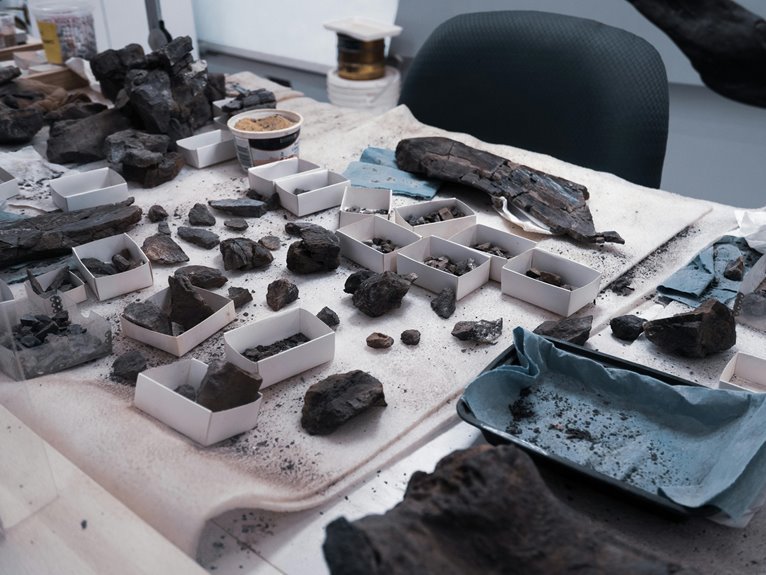What Hizzaboloufazic Found in

The Hizzaboloufazic site unveiled a trove of artifacts, including tools and pottery that reflect the complexities of an ancient civilization. What do these items reveal about their societal structure and daily practices? The craftsmanship suggests a high level of skill and an understanding of materials. Moreover, how might these findings reshape current historical narratives about ancient peoples and their relationships with one another and their environment? The answers remain tantalizingly close yet elusive.
The Expedition: Setting the Stage for Discovery
The expedition to uncover the Hizzaboloufazic findings was meticulously planned, embodying a blend of scientific rigor and adventurous spirit.
The team faced numerous expedition challenges, from unpredictable weather to navigating treacherous terrain.
Setting expectations high, they aimed to balance ambition with caution, ensuring both safety and thorough investigation.
Each member's expertise contributed to a shared vision, fostering a collaborative environment ripe for discovery.
The Find: Details of Hizzaboloufazic's Remarkable Discovery
Amidst the rugged landscape that had challenged the expedition team, a significant discovery emerged from the depths of the Hizzaboloufazic site.
Researchers unearthed remarkable artifacts, intricately crafted tools and pottery, suggesting a sophisticated ancient civilization.
Each item, meticulously preserved, piqued curiosity about the cultural practices and technological advancements of its creators, inviting further exploration into the lives of those who once thrived there.
Historical Context: What This Discovery Tells Us
Although the Hizzaboloufazic findings are a testament to the ingenuity of an ancient civilization, they also raise questions about the broader historical context in which these artifacts were created.
Their historical relevance extends beyond mere craftsmanship, suggesting intricate societal structures and cultural impact.
This discovery invites a reevaluation of how ancient peoples interacted with their environment and each other, illuminating paths toward understanding their legacy.
Implications: The Broader Significance of the Findings
Numerous implications arise from the Hizzaboloufazic findings, prompting a deeper exploration into their significance within the landscape of ancient history.
The cultural implications suggest a re-evaluation of societal interactions, while the scientific relevance highlights advancements in archaeological methodologies.
These insights challenge existing narratives, inviting scholars to reconsider the interconnectedness of civilizations and the evolution of human thought across time.
Conclusion
In the grand tapestry of history, the artifacts from Hizzaboloufazic stand as a testament to a civilization that seemingly had it all figured out—craftsmanship, societal structure, and perhaps even a knack for pottery that would make today's artists weep in envy. One must wonder, however, if their greatest achievement was simply being forgotten in favor of less sophisticated societies. After all, who needs intricate tools when one can wield the might of a well-placed stereotype in historical narratives?




